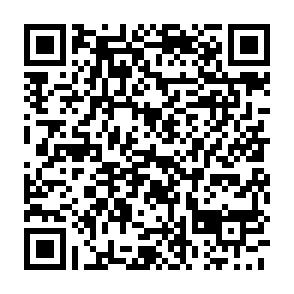
Customer service
0800 222 000 4 *
* free
E-Mail: info@BEM.com.de

Thermography of buildings:
Determination of damage to buildings of all types ie Residential and non- residential buildings
Assessing the insulation condition of the building and the location of maximum design weaknesses
determining the cause and the measurement of building moisture within a building
Qualtitätsüberwachung of the works of craftsmen, the
the locations of pipes, buried components, and of cavities
Combined measurement of so-called " wind leaks " in connection with a blower door test
finally the restoration advice for all parts of the building
Thermography also called infrared thermography , based on the fact that any surface , regardless of the physical state with a temperature above absolute zero ( 0 K or -273 ° C) emits a so-called electromagnetic radiation, which is beyond the red line of visible light ( > 0.75 microns ) is the electromagnetic spectrum . For the Thermal Infrared thermography of buildings with the wavelength range up to 14 microns is of particular interest because, in this part of the electromagnetic spectrum , the heat radiation is emitted most intensely . To the relevant laws of radiation are " Planck's radiation law ," of the " Wien's displacement law " and the " STEFAN - Boltzmann law."
Due to the wavelength-dependent attenuation of IR radiation in the atmosphere , the diagnostic imaging IR systems use either the short- wave band of 2-5 microns ( SW) or the long- wave band of 8-12 microns ( LW ) . The incident thermal radiation which it is transformed by a so-called IR - detector ( power converter ) to electric signals , and thus a heat- processed image , which can then be visualized . The assignment of the various temperatures for heat radiation detected but assumes that the emission factors of the object surfaces are well known in the relevant wavelength range.
Thermal Amera of the new generation of sensors in a so-called quality - FPA ( Focal Plane Array ) and well equipped to handle because of their light weight . For standard methods of thermography is microbolometer systems that are uncooled detector and a resolution of exactly 240 x 320 pixels at a fast image structure, ie at least 60 IR images per second , have recommended. It can be recorded ambient temperature immediately this temperature difference of 0.1 K at 30 ° C . The so-called thermal resolution
Today's high-performance thermal imaging systems provide detailed and temperature calibrated thermal images in real time , which are then available immediately for a decision on the facts of the energy consultant is available. The more infrared image processing is then computerized with a anwenderkonfortablen Report software . The many features of this software ermööglichen a custom evaluation .
We talk application specific in the general sense of thermography , we mean the passive thermography , in which the temperature-dependent characteristic radiation of the object is detected. In contrast, the so-called active thermography (called excitation ) in the test object is created to represent such a heat flow measurement purposes by an external energy input .
Application of thermography :
Thermography as a probate research method of our time covers defects that are detected on the object surface by temperatures (so-called hot spots ) , early on . This may result for these thermal vision controls a variety of applications that we want to explain a few examples here .
In construction:
The thermographic use in buildings is traditionally for the detection of sealing and insulation failures that may occur as a planning defects and poor workmanship . Initiated remedial measures to improve the thermal insulation and thus lead to energy savings.
Benefits of Thermography:
Electrical equipment , especially high voltage equipment can only open circuit or at standstill touch but just then but do not show up most defects and malfunctions. Thermography helps here as a non-contact telemetric more efficiently , without interrupting the operation .
Maintenance -related production losses are reduced. Either by check or by a cut-off for damages or fuse failure . Thermography gives you any time without any stoppage overview of the condition of your plants .